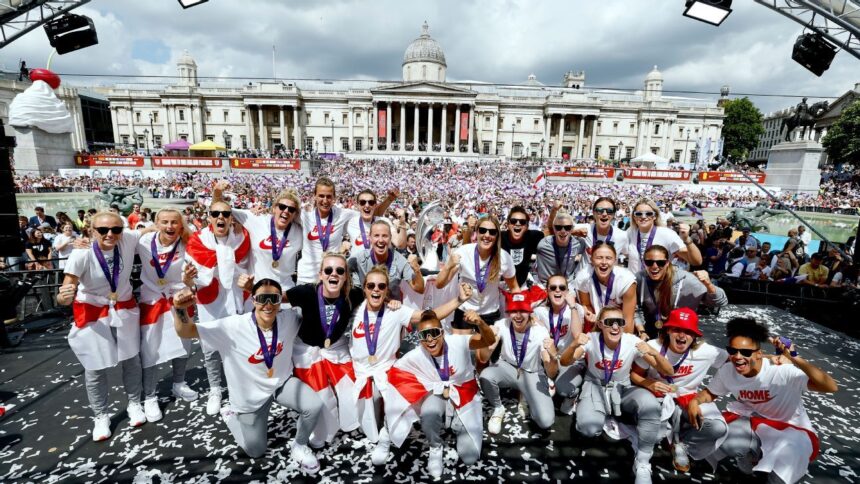
Women’s soccer is projected to be one of the top five most important sports in the world by 2030, according to a report by Nielsen Sports in collaboration with PepsiCo. A 38% growth is estimated in its global fan base, exceeding 800 million people.
The “Undervalued to Unstoppable” study reveals that approximately 60% of those followers will be women, solidifying women’s soccer as one of the few sports with a higher number of female followers than male followers.Exponential Growth
A 30% increase in global television viewership is expected during the most important tournaments by 2030. Although sponsorship deals tripled for the 2023 Women’s World Cup compared to the 2019 edition, the study points out that only a small fraction of global sponsorship budgets is allocated to women’s soccer.This is especially relevant considering that women are expected to influence over 75% of purchasing decisions in households by 2028.Women’s soccer presents a significant opportunity.
Women’s soccer is already among the 10 most followed sports worldwide, and its momentum continues to grow. The audience for the National Women’s Soccer League (NWSL) championship in the United States increased by 18% last year. Disney+ announced a deal to broadcast Women’s Champions League matches in Europe, and Alexis Ohanian, co-founder of Reddit and husband of tennis player Serena Williams, acquired a stake in Chelsea, champions of the Women’s Super League. Deloitte recently reported that WSL revenues increased by 34% during the 2023-24 season, and total WSL club revenues are forecast to reach a record £100 million ($135.9 million) in the 2025-26 season. Attendance at the WSL, however, has decreased after reaching its peak in 2023-24 following the 2023 Women’s World Cup, but is expected to increase again after next month’s European Championship in Switzerland. Nielsen reported an increase in interest in major tournaments. Switzerland increased its women’s football fan base by 22% in 2024 before the European Championship, while interest in the UK grew by 15% in the two years following England’s victory at the 2022 European Championship. Female soccer has experienced a 60% increase in the number of fans in the last five years, according to Nielsen, with a strong boost in China, where 186 million new followers joined during that period, followed by Brazil and India. The growth in participation reflects the increase in interest, with China registering a 300% increase. Participation has also increased in Europe, with France (150%), Spain (95%), Netherlands (25%) and United Kingdom (24%) showing the largest increments since 2019.We have long believed in the potential of women’s football, and today, we are no longer just tracking progress, but witnessing a major breakthrough. From media rights to sponsorship and fan engagement, this is no longer a case of future promise, but present value.
Samantha Lamberti, Managing Director, Nielsen Sports International







